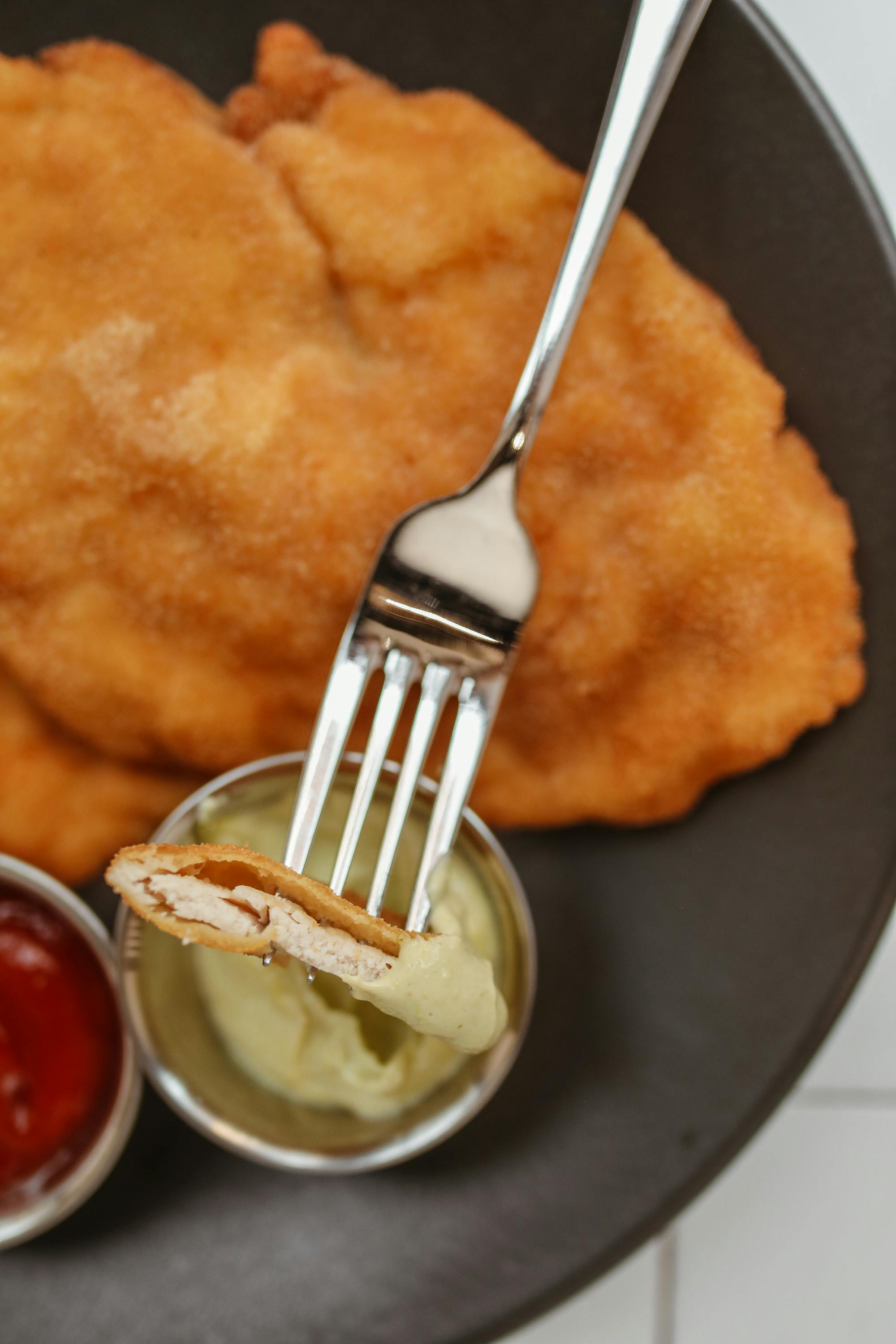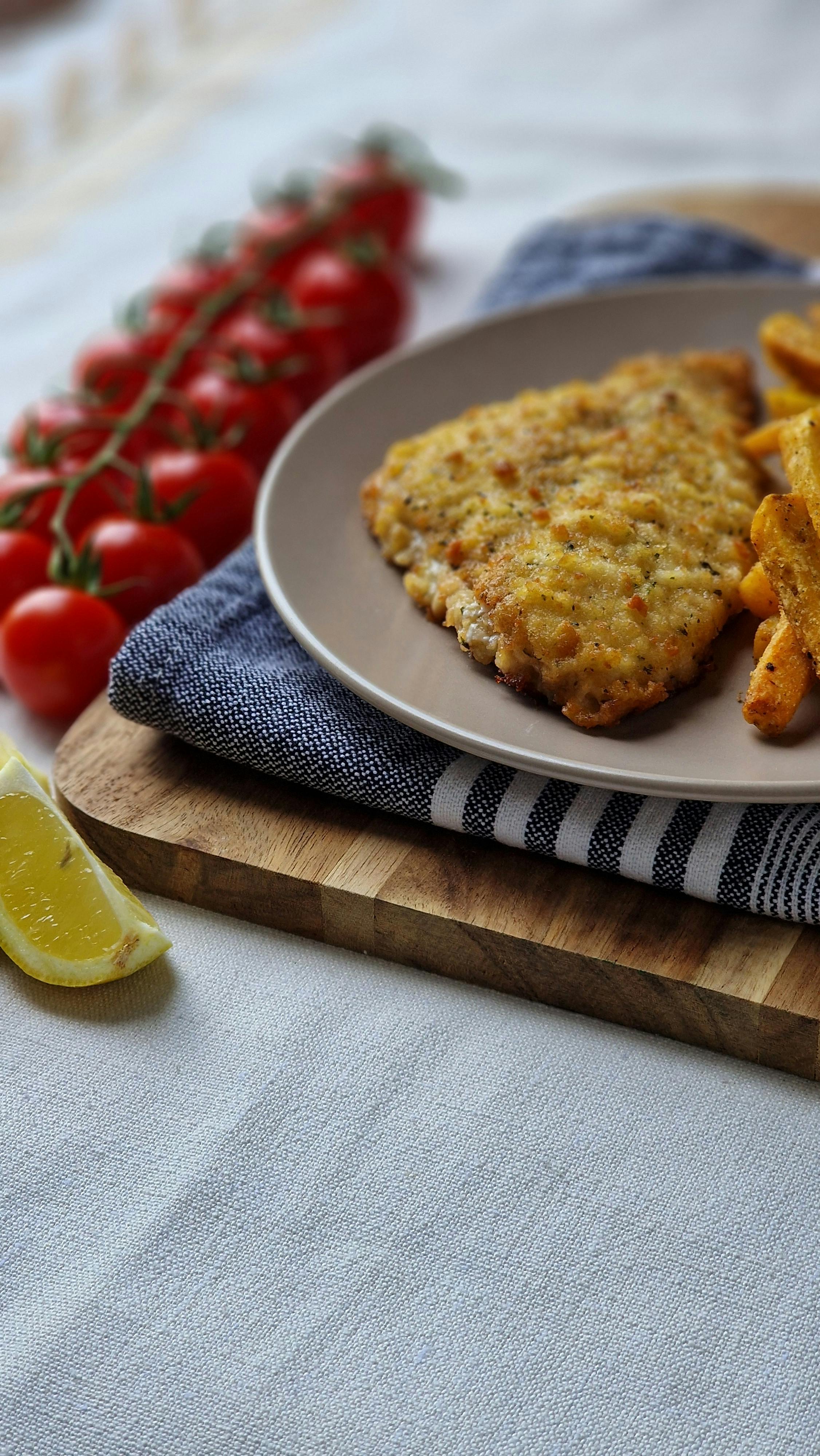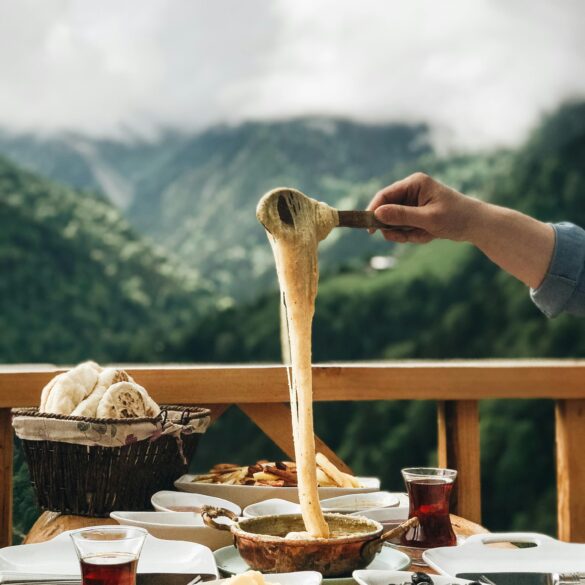Austria Experts Share Simple Home Schnitzel Methods for Crispy Results
Back when I first became obsessed with Austrian cuisine—which, honestly, was pretty abrupt after a dinner in Vienna in 2017—I realised there’s a sort of mystical aura around the perfect schnitzel. Not just any breaded cutlet, mind you, but the real deal: wafer-thin, golden, so crisp it practically whispers when you cut it, yet so tender it melts without a fight. The thing is, most home cooks believe this level of perfection is reserved for high-end restaurants and professional chefs. Here’s what I’ve been wondering ever since: Why?
In my years speaking with Austrian chefs, home cooks, and food scientists, the answer kept circling back to a handful of surprisingly simple, repeatable strategies. Strangely enough, the secrets don’t lie in obscure ingredients; they’re hidden in little details—practical, sometimes counterintuitive, decisions made along the way. Let me clarify: mastering schnitzel isn’t about spending extra money or owning specialized equipment. It’s about understanding a method, trusting your senses, and learning a few pro tricks that transform the whole process from intimidating to totally doable.
What really strikes me is that, especially in Austria, schnitzel isn’t just comfort food; it’s an expression of the country’s artistry, hospitality, and history. And, as we get into the nitty-gritty, I’ll share not only what I’ve learned from chefs in Salzburg and Vienna, but also what everyday Austrians do that’s often overlooked in fancy cookbooks. One more thing: I’m going to include my own past mistakes (sometimes hilarious, sometimes mortifying), because honestly—every great schnitzel cook has stories of breading failure and overcooked veal.1
Step-by-Step Technique: Chef-Approved Crispiness
Okay, let’s step back. When chefs in Vienna walked me through their process, I realized something major: it’s like choreography. Each movement—from pounding to breading to frying—serves a precise purpose. Here’s the chef-approved method I’ve learned, broken down so anyone can nail the technique at home.
- Pound the Meat Evenly: Use the flat side of a meat mallet (not the spiky bit). Aim for 3-5mm thickness. Don’t overdo it or you’ll tear the meat—a mistake I made embarrassingly often in my early attempts.7
- Season Both Sides: Simple salt and white pepper. Austria’s top chefs skip “secret spice blends” for purity. I used to complicate this—now I keep it minimal (and it’s way better).
- Breading Sequence Matters:
- Flour: Pat lightly, shake off the excess.
- Egg: Dip, but do not soak. Egg should cling, not drench.
- Breadcrumbs: Press gently, never squeeze. You want the crumbs loose so they crisp up in the pan.
- Fry Hot and Fast: The pan should be deep and wide. Clarified butter is classic, but canola oil works well, too. Heat to about 170°C (340°F). Test with a breadcrumb—a sizzle means you’re ready. Fry 1-2 minutes per side, tilting the pan to help the crust “balloon.” Don’t crowd the pan.8
- Drain Properly: Use a rack, not paper towels! A rack keeps the crust crisp; towels create steam. This tiny tweak made me realise how professional kitchens avoid sogginess.9

Regional Variations and Seasonal Twists
In my experience, no two schnitzels taste exactly alike across Austria. While Vienna sets the gold standard, the country’s regions each add their flare: Tyrol uses pork almost religiously, Lower Austria features turkey especially in family settings, and Salzburg sometimes sneaks in a hint of wild herbs.13. I used to think only the city versions mattered but after a taste journey down the Danube—absolutely crucial for culinary perspective—I realised rural cooks innovate more than any urban chef.
- Viennese Classic: Veal, pure breadcrumbs, neutral seasoning, lots of clarified butter
- Tyrolean Style: Pork, robust crumb (sometimes rye), served with potato salad
- Salzburg Twist: Fresh herbs, sometimes a touch of mustard in the egg bath
- Lower Austria’s Approach: Turkey schnitzel, lighter crumb, sometimes accompanied by cucumber salad
Seasonal Ingredient Box
Honestly, I reckon spring schnitzel—made with wild garlic in the breadcrumb mix—is one of Austria’s best-kept secrets. Autumn versions with root vegetable sides are ideal for cooler weather and richer flavors.Final Thoughts, Action Steps, and References
Here’s my closing thought, after years of experimentation and dozens of imperfect schnitzels: mastering gourmet schnitzel at home isn’t reserved for professionals; it’s attainable for every curious cook willing to embrace both tradition and adaptation. What surprises me most is how forgiving the process becomes once you internalise the simple rituals: gentle pounding, loose breadcrumbs, hot fat, quick fry, and rack draining. I’m not entirely convinced I’ll ever match the memory of that first Viennese schnitzel—but, honestly, I’ve come close enough to convince even skeptical friends.
Your Schnitzel Action Plan
- Select the freshest meat you can get—don’t compromise on quality
- Check breadcrumbs: homemade gives the best texture, but classic store-bought is fine
- Set up a “schnitzel station” with flour, eggs, breadcrumbs, and rack for draining
- Fry hot and fast in clarified butter or quality oil; drain on a rack, never towels
- Experiment with regional touches—herbs, vegetable sides, alternative crumbs
- Share your results and join a community of schnitzel enthusiasts!



